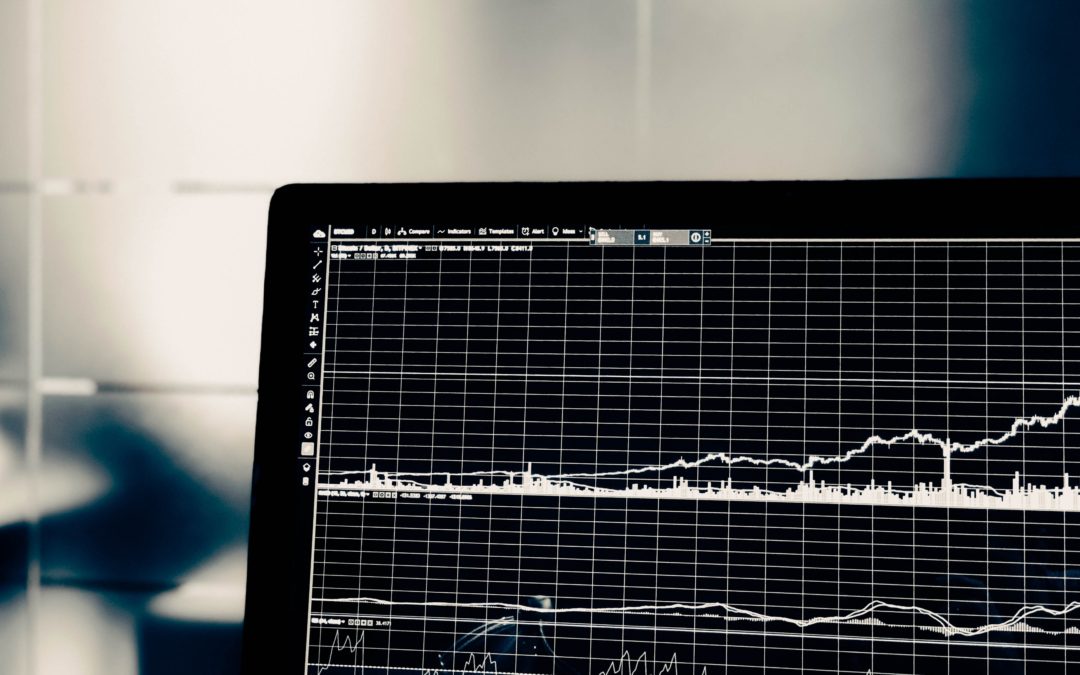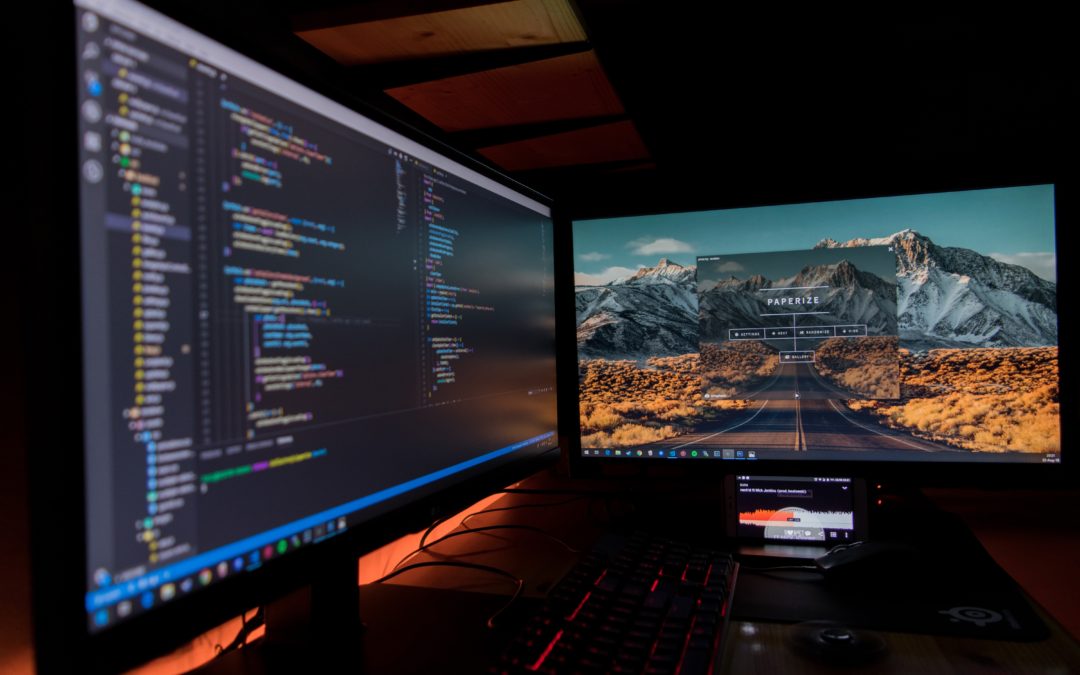
Part 4: Smart Ways for FX Traders to Avoid Losing Money
Check out Part 1 Here, Part 2 Here, and Part 3 Here.
Too Many Indicators
If you have read any of my previous articles here on LinkedIn then you may have noticed that I poke at technical analysis a bit because I personally have found success day trading the fundamentals and sentiment and I only use technicals as a timing tool, not a decision making tool.
I get a lot of struggling traders come to me looking for some help to get them trading profitably. When I ask these traders to describe their current trading strategy I get one of 2 responses:
- They have no strategy and smash in and out of the market on nothing more than gut feel.
- They go off on an incomprehensible rant: to have a trade setup they wait for a harmonic wave pattern to form on the 4h chart and close outside the 2.3 standard deviation Bollinger bands. But in order to get a confirmation they need the parabolic SAR to be below price, the 47 exponential moving average to cross above the 183 simple moving average on the 17 minute chart, the Ichimoku cloud floating below price, but if the 6 stochastic and MACD are not oversold and turning up then the trade is off........
This is about the time I flip the desk over and walk out. You might as well cook a nice spaghetti bolognese and instead of enjoying your delicious dinner throw it at your computer screen. Try it out, you might notice the resemblance to your charts if this is how you trade.
Imagine your frustration with wasting your nice meal like that. Now imagine trying to trade for a living like that. Ridiculous.
If you’re trading with more than 2 indicators then you need to clean house. Having many indicators stifles trading and finds reasons not to trade. A setup and a trigger in line with the fundamentals is all you need.
Quality Trading Time
3 hours a day of quality focused trading time should be enough to get you well on your way to gaining plenty of trading experience. When you’re trading being 100% focused is essential, half way doesn’t work. Just because you sit and stare at the charts for 8 hours a day doesn't mean that you are gain proper quality experience discovering why prices move the way they do.
Time spent in front of the computer has no correlation to profitability as a trader. Spend less time but when your trading be 100% focused on trading and fully tune into the market.
Even more important is the time that you spend after the trading session is over. This is things like going over your trades objectively while not in the battle, finding the mistakes you made by not following your plan and making your purpose to not repeat those same mistakes tomorrow. I can't tell you how many traders I come across that have no tracking plan for their results they are getting. They literally have no idea is they are actually following their plan or not.
Simulated Results
This is another trap I see a lot of traders fall into. Look out for “black box” systems. These are trading systems that don’t divulge how the trade signals are generated. The vast majority of them are absolutely nothing more than simple systems that will not deliver what the seller is promising. Many use dangerous Martingale system in order to achieve the high returns. They show you a track record of extraordinary results that may or may not be fabricated.
If you think about if you build a trading system with half a dozen filters using the benefit of hindsight you too could come up with a great system. Of course going forward is an entirely different story. They fit the system to the past data which of course typically does not work in forward markets. High-speed number crunching capabilities allows for building great hindsight trading systems that don’t perform going forward. Beware of the too good to be true scenario.
This is not to say that all automated systems do not work because there are definitely some that do. I just say think twice about it if someone is selling an algo that produces 1,000% returns monthly for $50. I promise you that if I had that I would not sell it to you for even $10,000,000.
This concludes my 4 part series on smart ways to avoid losing money. I hope that you may have found something of use in here.

